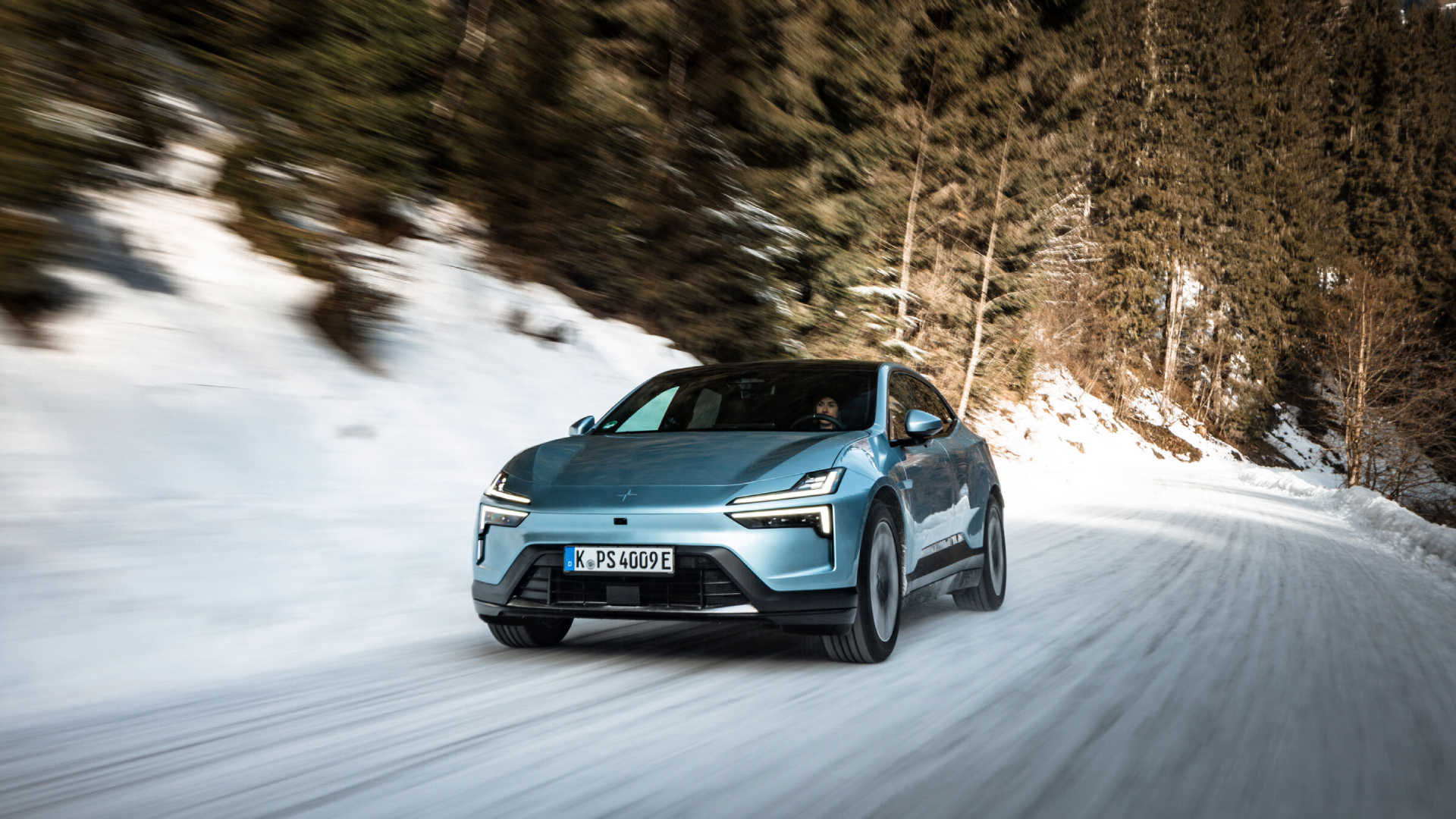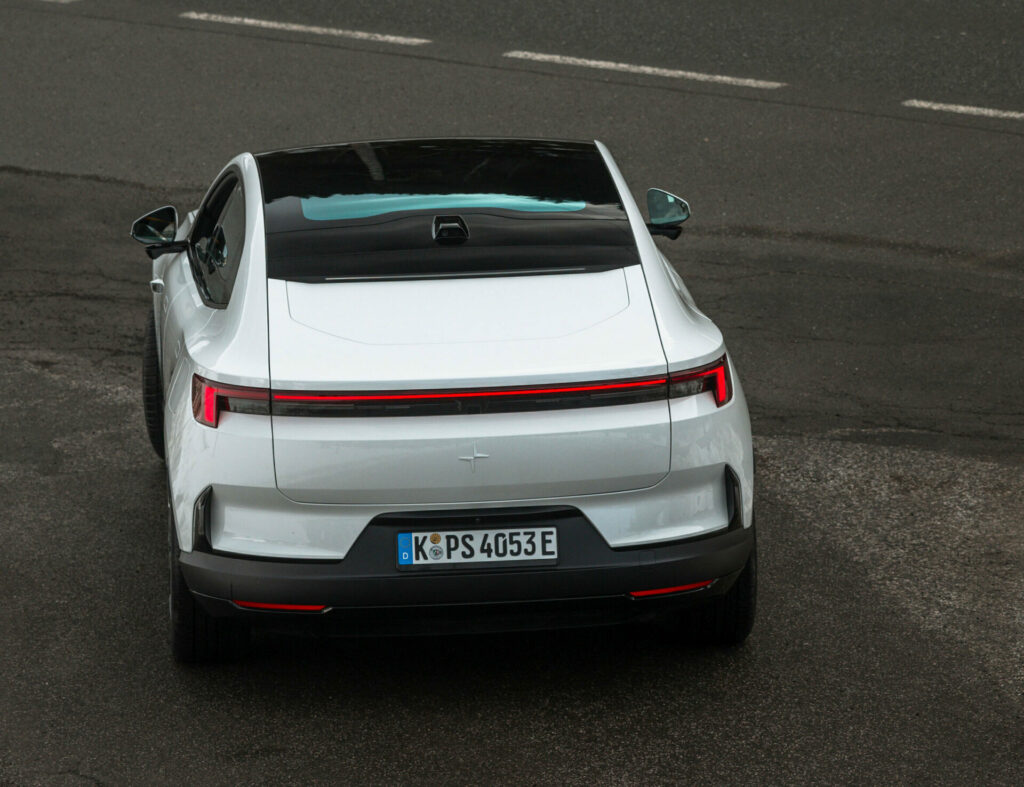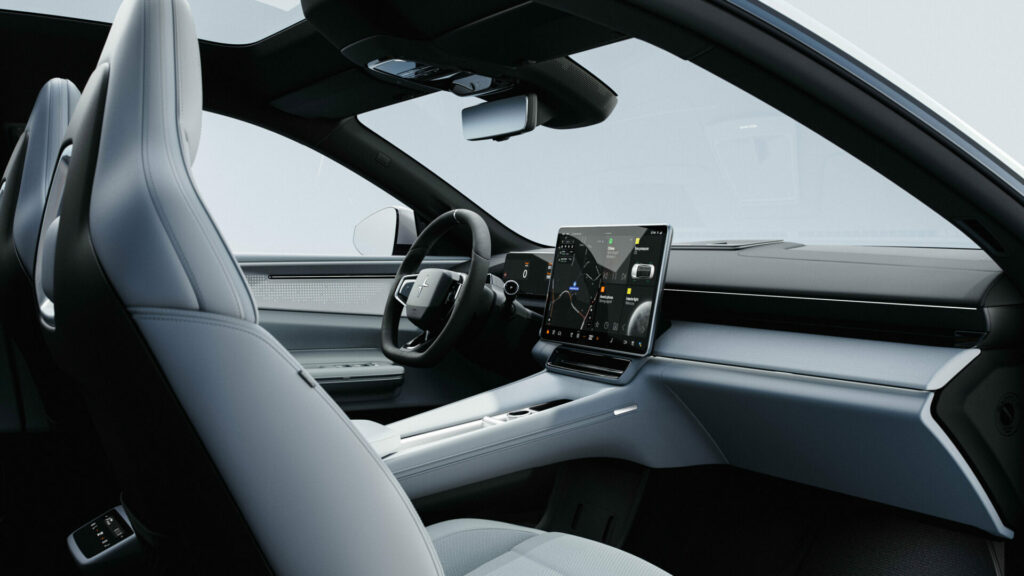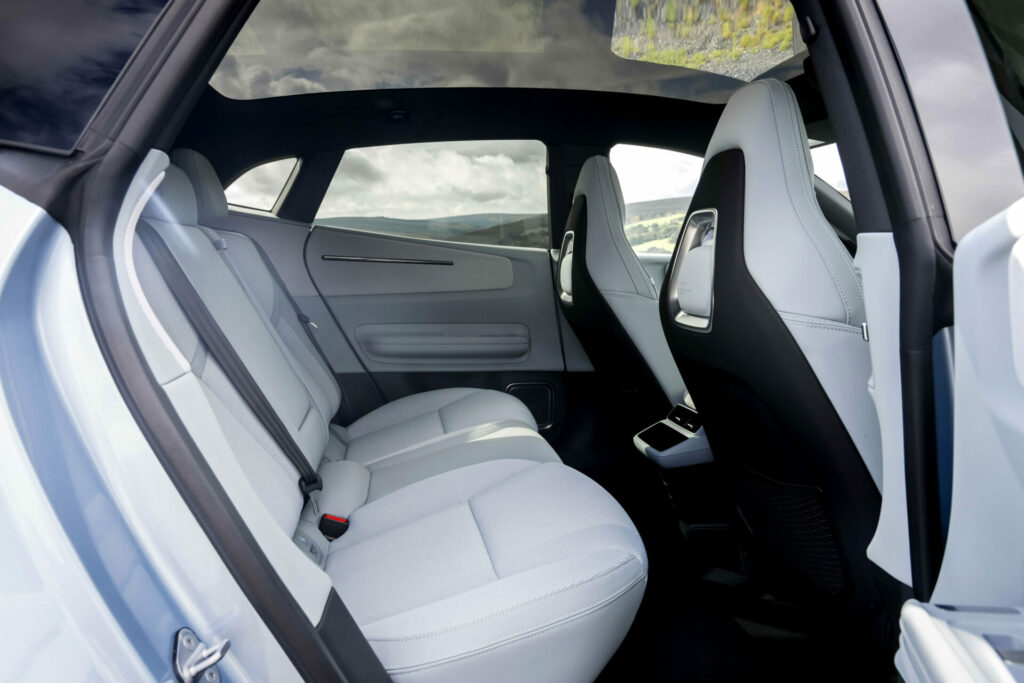Polestar 4 review: The stylish SUV coupé that may just convert me to electric
"A trip to Austria in February gave me my first real chance to drive an electric car. What? I hear you ask. How have I avoided EVs for this long?"

A trip to Austria in February gave me my first real chance to drive an electric car. What? I hear you ask. How have I avoided EVs for this long?
I’ve been a car enthusiast since I was big enough to sit on my dad’s lap and steer the family Renault 16 through the campsite where we were holidaying. Some of my colleagues might joke that this must have been recently, given the height-related banter I put up with in the office, but I think I was around eight when I first took the wheel of a car. You were allowed to do things like that back then!
I’ve been a petrolhead ever since. Despite the very real advantages of saving money and the planet that come with going electric, I have stubbornly clung to the visceral feel of the petrol engine, the kick I get from manual gear changes and the roar of twin exhaust pipes, refusing to even consider an EV for local drives. But maybe it was time to finally see what the fuss was about.
We flew into Munich and were picked up at the airport in a Polestar 4, the car I would be testing. For two hours we sped east through rain and snow on the Autobahn to Salzburg, and not once did I think about what was powering us, as the journey was that smooth, quiet and efficient.

Staying the night at Blaue Gans, Salzburg’s oldest guesthouse, we enjoyed dinner at the amazing Restaurant M32. Housed on the roof of the Museum of Modern Art, it offers breathtaking views over the Salzburg rooftops and the best schnitzel in town.
In the morning, we drove south to the ski resort of Saalbach-Hinterglemm and the boutique, adults-only Goldstück hotel that would be our base for driving on both main roads and smaller, snow-covered back roads.
Polestar’s design philosophy is rooted in the purity and simplicity of Scandinavian aesthetics, paired with high-tech minimalism. Polestar 4, the brand’s first SUV coupé, makes a striking first impression. Its most unconventional design element — the absence of a rear window — sets it apart. This bold move improves aerodynamics, en-hances rear headroom and allows the full-length electrochromic glass roof — the glass can turn from opaque to transparent at the touch of a button — to extend over the heads of the rear passengers, creating a sense of space and light.
Inside, the Polestar 4 strikes a compelling balance between environmental responsibility and premium quality. Sustainable and recycled materials are used extensively, yet the cabin retains a luxurious, tactile finish. The electric, reclining rear seats offer exceptional comfort that’s akin to sitting in first-class.
Practicality has not been sacrificed for style. With generous boot space and true five-seat capacity, the Polestar 4 accommodates real-world needs with ease. Music pur-ists will appreciate the Harman Kardon sound system, which delivers a rich and immersive listening experience.

The driving position is low and driver-focused, with intuitive control placement. The central 15.4-inch landscape infotainment display works well — though it’s a shame you can’t opt for the portrait version available on other models, which I prefer — and includes built-in Google apps and services. A compact digital instrument cluster and head-up display keep key information front and centre.
In place of the traditional rear-view mirror is a high-definition digital screen that livestreams footage from a rear-mounted camera. The sensation of looking at a small television screen is odd and can take some time to adjust to but, once you do, it works well and provides a wide, unobstructed view, even when passengers or luggage are filling up the rear.
There are two powertrain configurations: a single-motor rear-wheel-drive and a dual-motor all-wheel-drive version. I drove the latter, which comes equipped with active dampers that monitor and adjust to road conditions in real time, while also offering three suspension settings to tailor the ride to your preferences and deliver a smooth journey across bumps and potholes.
Now for the fun bit. Everyone’s heard about EV acceleration, and I can confirm it’s nothing short of remarkable. Unlike traditional petrol engines that need to build up power as the engine speed increases, EVs deliver instant torque from zero RPM. That means power goes straight to the wheels the moment you touch the accelerator, giving you a rapid, smooth surge of effortless speed without delay, and it just keeps on pulling.
Enjoying the benefits of Polestar’s motorsport heritage, the 4 is very quick and can reach 60mph from standstill in 3.7 seconds despite weighing 2.5 tonnes. The chassis feels balanced and responsive, aided by a low centre of gravity, and enjoys firm yet refined handling on all types of roads, including the snow-covered passes that were a breeze thanks to snow tyres.

The long-range, dual-motor version I drove suggests a range of up to 367 miles when fully charged. Even accounting for real-life conditions, that’s more than sufficient for extended journeys without any of the range anxiety that EV owners talk about.
Prior to this trip, I would have dismissed the idea of owning an EV, but the Polestar 4 has changed this. It’s fast, stylish and forward-thinking and manages to be both emotionally engaging and practically capable. And if I had to go electric, the Polestar 4 might prove a worthy successor to my combustion-engined Munich M car. Watch this space…
